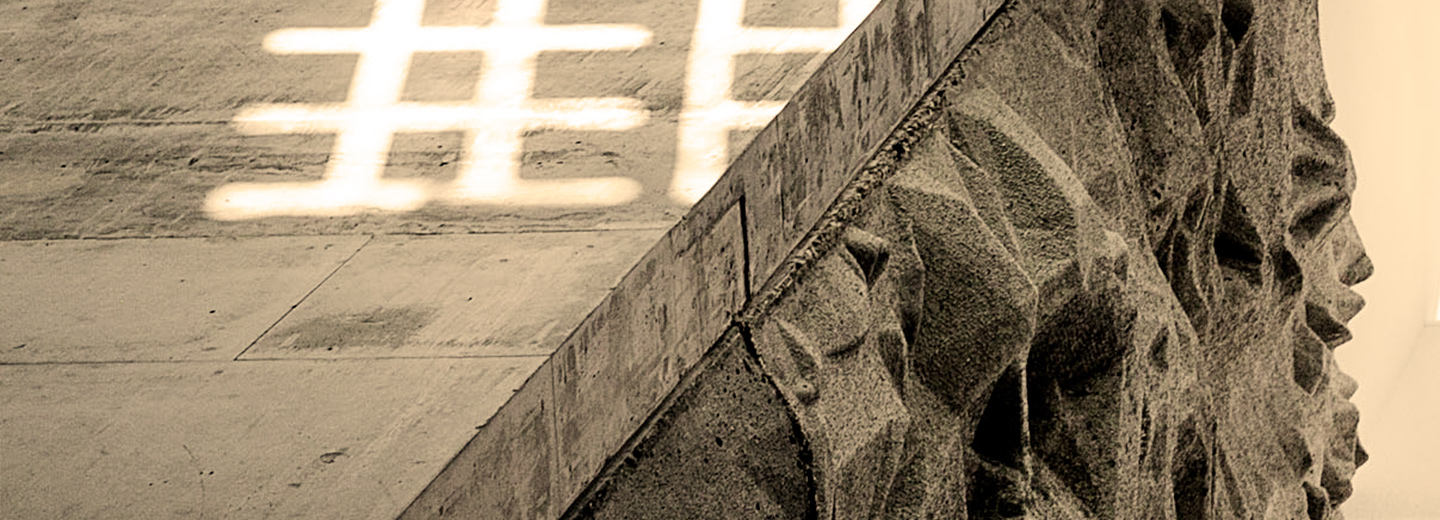
SDU receives great gift from Danfoss
Costly facility can bring researchers a great step closer to cheaper and more flexible energy-friendly solar cell systems and light sources.
Even though Christmas is over, gifts are still handed out. Especially to the University of Southern Denmark which has just received a gift worth approximately 20 million kroner from Danfoss.
The gift is a complete so-called roll-to-roll facility, which can be used to produce flexible devices such as artificial muscles, but also solar cells and LEDs made of organic and ultrathin flexible materials on a large scale.
The Mads Clausen Institute of SDU in Sønderborg has received the roll-to-roll facility from Danfoss.
Research comes closer to reality
Danfoss PolyPower has, with the Mads Clausen Institute as partner, used the facility in its previous work on producing a silicone film that converts movement to electric energy and electric energy to movement. Research in these silicone films now continues at the Mads Clausen Institute.
However, the institute also focuses on finding new solutions to sustainable energy and energy efficiency e.g. in the shape of organic solar cells and LEDs. The new facility enables the researchers to expand their research to further include an upscaling of the production process and thus research comes closer to reality.
-The purpose of doing research in flexible solar cells and LEDs is to be able to mass-produce eco-friendly products with multi-purpose applications and affordable to all. With the roll-to-roll facility, we will take a great step forward, says Horst-Günter Rubahn, Head of the Mads Clausen Institute.
Unique possibility for researchers
The Head of institute explains that it is outstanding for a researcher within this field to get the possibility to test his work on a large scale.
-It is completely unique, says Horst-Günter Rubahn, who shares his joy with the chairman of the board at Danfoss, Jørgen Mads Clausen:
-We are very happy to hand over this facility to SDU. Thereby, research within artificial muscles is secured and at the same time research within solar cells and LEDs is boosted, he says.
Attractive to the students
Horst-Günter Rubahn not only sees the facility as an asset to the researchers of the institute but also to its students, whom the institute hopes to see in larger numbers in the future. As part of the Danish government’s plans for dimensioning student places, SDU’s campus in Sønderborg has been instructed to cut back some of its study programmes. Thus, in the years to come it will be a mission to attract more students to the remaining study programmes – including the engineering study programs.
-I see it as a great plus that from now on we can offer the institute’s engineering students teaching that takes its starting point in this new facility. The future holds great potential in knowledge about sustainable energy and therefore the facility can help make our study programs even more attractive, predicts Horst-Günter Rubahn.
For more information, contact:
Professor and Head of MCI, Horst-Günter Rubahn